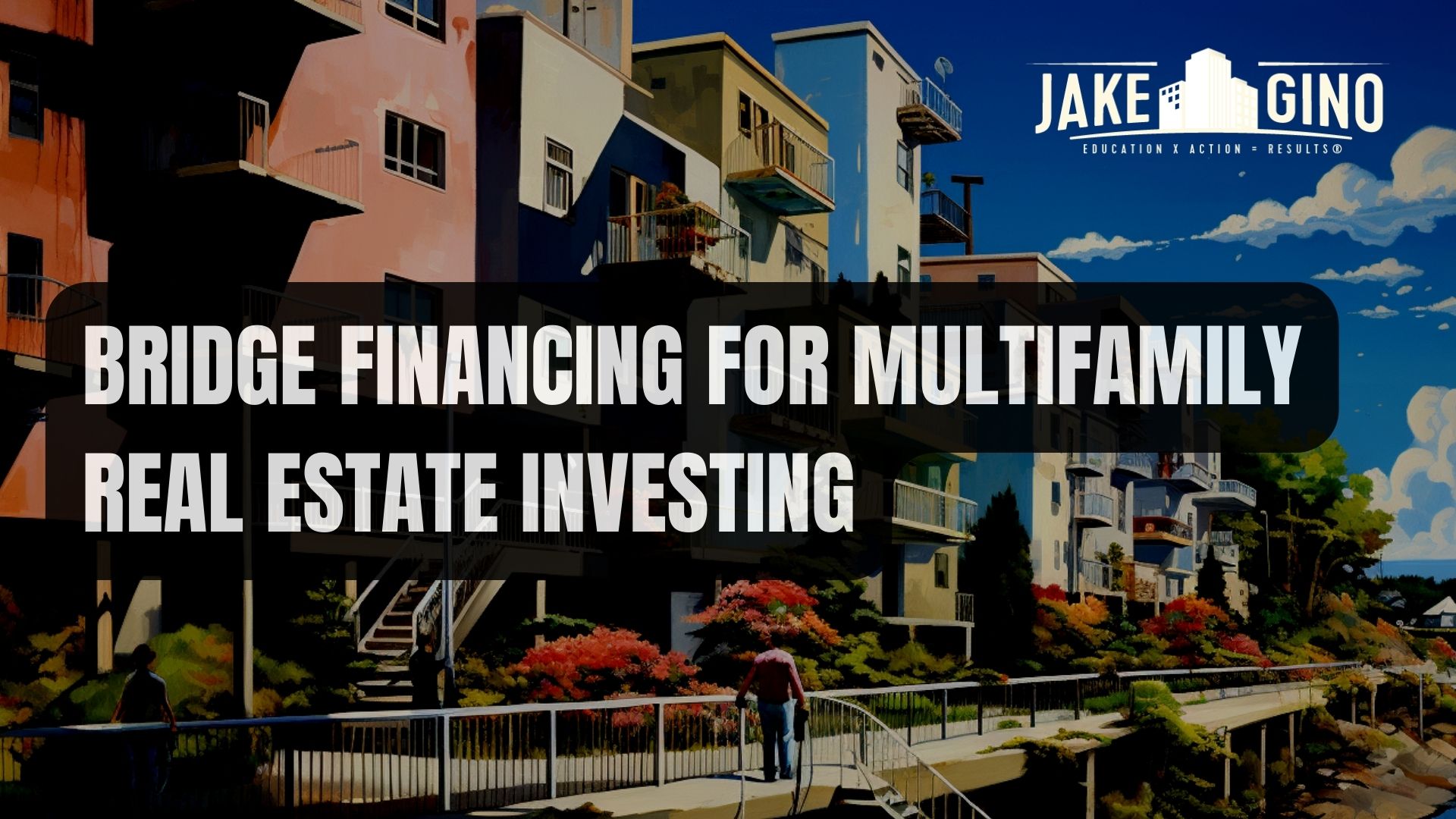
Bridge Financing for Multifamily Real Estate Investing: A Comprehensive Guide
Real estate investors often find themselves in situations where they need to secure financing quickly to capitalize on a promising investment opportunity or address a short-term funding gap. In such scenarios, bridge financing can be a valuable tool, especially for multifamily real estate investments. This comprehensive guide will explore what bridge financing is, how it works, its benefits and drawbacks, and how to use it effectively in the multifamily real estate sector.
Understanding Bridge Financing
Bridge financing, sometimes referred to as a bridge loan or interim financing, is a short-term loan designed to bridge the gap between the acquisition or renovation of a property and its eventual long-term financing solution, such as a traditional mortgage or refinancing. It acts as a financial bridge, providing access to funds for investors while they secure more permanent and stable financing.
How Bridge Financing Works
Bridge financing is typically used for a variety of real estate scenarios, including:
- Property Acquisition: Investors may use bridge loans to acquire multifamily properties quickly, especially when facing competitive markets or auction situations.
- Property Renovation: It’s common for investors to use bridge financing to fund renovations or improvements that will increase the property’s value. Once the property is improved, it can often secure long-term financing at a higher valuation.
- Property Repositioning: Bridge loans can be employed to reposition underperforming multifamily properties. Investors may use the funds to make necessary changes to attract higher-paying tenants or increase occupancy rates.
- Short-Term Cash Flow Needs: In some cases, investors may need bridge financing to cover short-term cash flow gaps or unexpected expenses while waiting for other sources of capital.
Benefits of Bridge Financing in Multifamily Real Estate
- Speed and Flexibility
Bridge loans are known for their quick approval and funding timelines, which can be crucial in competitive real estate markets. This speed allows investors to secure properties or initiate improvements promptly.
- Property Enhancement
Investors can use bridge financing to make necessary improvements or upgrades that can significantly increase the property’s value, making it more attractive for long-term financing.
- Short-Term Financial Relief
Bridge loans provide short-term relief for cash flow issues or unexpected expenses, preventing investors from facing financial constraints that could disrupt their multifamily investment strategies.
- Seizing Investment Opportunities
Bridge financing allows investors to seize time-sensitive investment opportunities, such as acquiring distressed multifamily properties or participating in auctions.
Drawbacks and Risks
While bridge financing offers numerous advantages, it’s essential to be aware of the potential drawbacks and risks associated with these loans:
- Higher Interest Rates: Bridge loans typically come with higher interest rates than traditional mortgages, increasing the overall cost of financing.
- Short-Term Nature: Bridge financing is designed for the short term, often with terms ranging from a few months to a few years. Investors must have a clear exit strategy for repaying the loan.
- Limited LTV Ratios: Lenders may provide bridge loans with lower loan-to-value (LTV) ratios, requiring investors to bring more of their funds to the table.
- Default Risk: If an investor fails to secure long-term financing or meet the bridge loan’s terms, they risk defaulting on the loan, which could lead to foreclosure.
How to Use Bridge Financing Effectively in Multifamily Real Estate
- Plan Your Exit Strategy: Before securing a bridge loan, have a well-defined plan for repaying it. This could include securing long-term financing, selling the property, or other exit strategies.
- Due Diligence: Conduct thorough due diligence on the property, its market, and your financing options. Ensure the potential returns justify the cost of bridge financing.
- Consult with Experts: Seek advice from real estate professionals, financial advisors, and lenders experienced in bridge financing for multifamily properties to make informed decisions.
- Negotiate Favorable Terms: Negotiate the terms of your bridge loan to ensure they align with your investment goals. Pay attention to interest rates, fees, and prepayment penalties.
- Use Bridge Financing Sparingly: While bridge financing can be advantageous, it’s best used for short-term needs and opportunities rather than as a long-term financing solution.
Conclusion
Bridge financing is a valuable tool in the toolkit of multifamily real estate investors. When used strategically, it can facilitate property acquisition, renovation, and repositioning while offering short-term financial relief. However, investors must be aware of the associated costs and risks and have a clear exit strategy in place. Ultimately, successful utilization of bridge financing can help investors seize opportunities and optimize their multifamily real estate investments.






